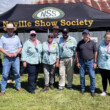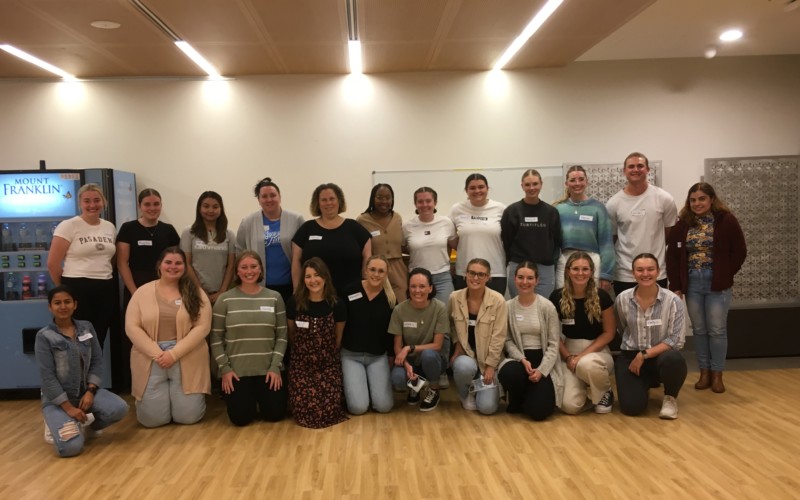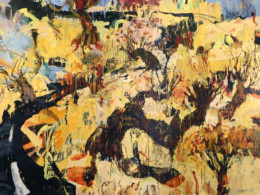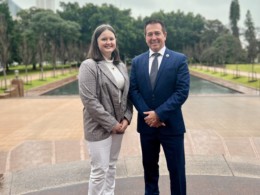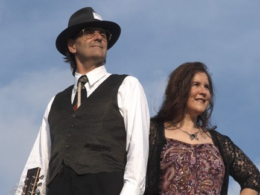A record number of graduate nurses will begin their careers at Western NSW Local Health District (WNSWLHD) hospitals and health facilities this year, in a major workforce boost.
Adrian Fahy, WNSWLHD Director of Quality, Clinical Safety and Nursing, extended a
warm welcome to this year’s intake of 168 graduate nurses, which marks a significant
increase from last year.
“We are incredibly excited to welcome such a big group of graduate nurses, many of
whom have already started work in the District this week through their orientation
process,” Mr Fahy said.
“To continue building our nursing workforce, we significantly increased the number of
graduate nurse positions available in 2023, and have an additional 67 compared to
last year’s intake of 101.
“We’re also thrilled that more than 50 of this year’s intake will begin their career in
small, rural facilities, which will provide an incredible boost to those areas and their
communities.
“Over the next 12 months our new nurses will gain valuable experience across a
range of different areas of nursing, and in many specialities we have not been able to
offer before.”
Isabella Meere is one of the 53 graduate nurses that will begin in a rural facility.
Following orientation in Dubbo, Ms Meere will spend the next 12 months working at
Walgett Multipurpose Service.
“I’m from Canberra originally, but I did two professional experience placements in my
third year at Walgett with uni and I absolutely loved it. I learned so much and wanted
to spend 12 months there to further build my skills,” Ms Meere said.
“They have an emergency department, a renal dialysis unit, residential aged-care
and community health service, all operating from the MPS, which is a really good
opportunity for career growth.”
Shai Ramien, originally from Coonamble, will begin work as a graduate nurse at
Mudgee Hospital this year, after finding inspiration to become a nurse while working
with the LHD on her gap year.
“I have worked in health for a little while now. I was previously an Aboriginal Health
Practitioner with this LHD. It started as a gap year that turned into two years, I think I
just found my passion,” Ms Ramien said.
“I really like working in rural and regional areas, with vulnerable communities. I’m
definitely more drawn, through just the experience I’ve had as a student, to smaller
communities.”
Of the 168 graduate nurses, 82 will work across Orange Health Service, Bathurst
Health Service and Dubbo Hospital, 29 in mental health at Bloomfield and another
four as part of the rural-metro exchange with Sydney LHD.
Additionally, six graduate Enrolled Nurses have also commenced a transition to
practice program and will also begin orientation in the District this week.
Between mid-2012 and mid-2022 the WNSWLHD increased its workforce by an
additional 701 full time equivalent staff – an increase of 14.6% including 136 more
doctors, 216 more nurses and midwives, and 143 more allied health staff.
The NSW Government recently announced the largest workforce boost in the
nation’s history in the 2022-23 Budget with a $4.5 billion investment over four years
for 10,148 full-time equivalent (FTE) staff to hospitals and health services across
NSW.



